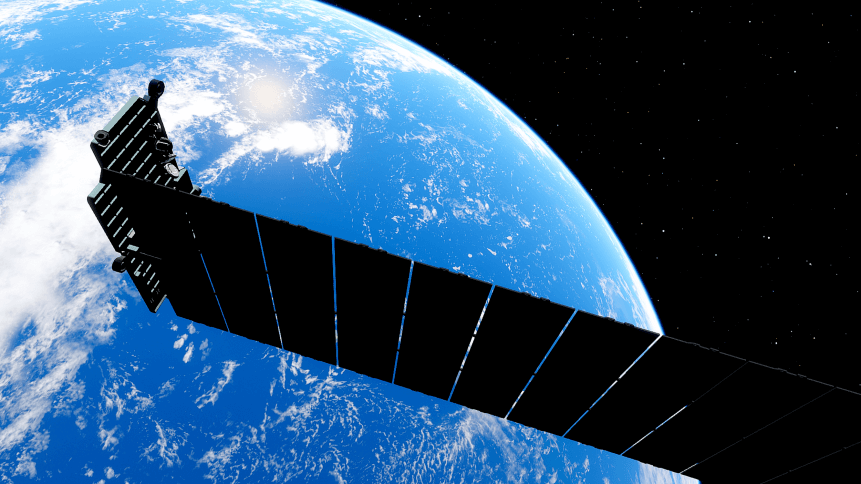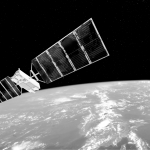Azure Space — why Microsoft is taking its cloud into orbit

- Azure Space will provide enhanced cloud services for the space community, and rugged, remote environments on terra firma
- “A thriving ecosystem of satellite providers is needed to meet the world’s growing network needs, and we are excited to partner with industry leaders to bring these capabilities to our customers faster,” said Microsoft
Having just hauled up a data center from the bed of the North Sea, Microsoft is now gazing up at the stars as it gets ready to support customers “on their space missions off and on the planet.”
The computing giant announced the “next giant leap” in cloud computing this week with Azure Space. It’s a platform designed to not only meet the needs of the rapidly-growing space community, but for public and private organizations in the agriculture, energy, telecommunications, and government sectors — and customers with remote access and bandwidth needs, where subsea, terrestrial, and metro optical fiber won’t reach.
One of Microsoft’s new partners is Elon Musk’s SpaceX, providing the firm access to its Starlink low-latency satellite broadband network for Microsoft’s new Azure Modular Data Center (MDC). These units can be deployed on-demand to remote locations to power up local facilities or as a standalone data center. The concept of catering to demand in ‘off-grid’ areas is similar to that underpinning undersea data center but, at the size of a shipping container, an MDC can be moved around as needed.

A satellite-connected remote data center somewhere ‘rugged’. Source: Microsoft
Above the clouds
“A thriving ecosystem of satellite providers is needed to meet the world’s growing network needs, and we are excited to partner with industry leaders to bring these capabilities to our customers faster,” said Tom Keane, corporate VP, Azure Global, at Microsoft.
“Resilient satellite communications, coupled with Azure’s ability to provide high-performance computing, machine learning, and data analytics opens many new opportunities for both public and private-sector organizations.”
Azure Space will also contribute to space missions and satellite capabilities — Azure Orbital Emulator will enable commercial and government space organizations to precisely plan formation protocols with AI for thousands of interconnected satellite constellations to ensure the best network connectivity performance and coverage. Microsoft describes the platform as an emulation environment, enabling customers to simulate massive satellite constellations before throwing more junk into orbit.
Microsoft said Azure Space will bring new opportunities for existing customers that already use Azure to innovate for space missions.
Aerospace giant Lockheed Martin, for example, has employed Hololens 2 for assembly tasks for spacecraft that will be used in NASA’s next moon program, Artemis. Farmer-owned cooperative Land O’Lakes uses Azure FarmBeats to access satellite imagery along with sensor data, drones, and farm equipment to enable data-driven agriculture. Imagery from satellites helps determine crop stress, predict yields, and enable the adoption of sustainable agriculture.
“Our approach helps to address some of the toughest technology challenges that our customers face in space: dealing with the vast amount of data generated from satellites, bringing cloud services and bandwidth to the most remote locations, and designing highly complex space systems,” said Keane.
“Coupled with our ecosystem of partners that can help bring this data to the ground faster, we’re making it easier to find insights and make connections that weren’t possible before.”
The announcement comes following cloud rival AWS launching its own space initiative and Aerospace and Sattelite Solutions unit. Its satellite venture Project Kuiper is actually poised to rival Starlink itself, among other providers. Unlike AWS, however, Microsoft isn’t developing its own physical infrastructure, such as ground stations.










